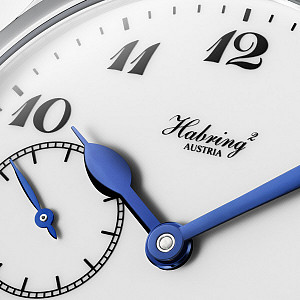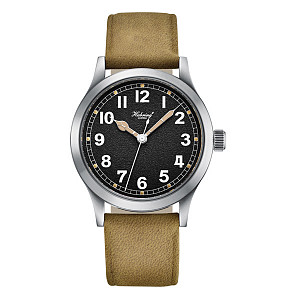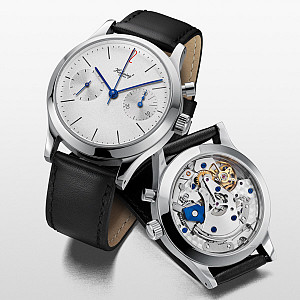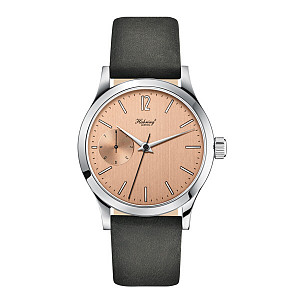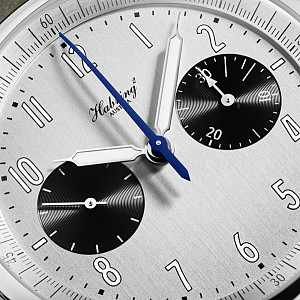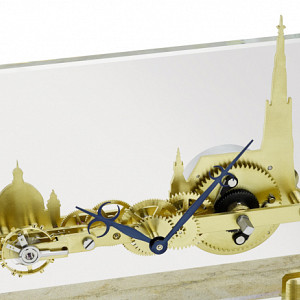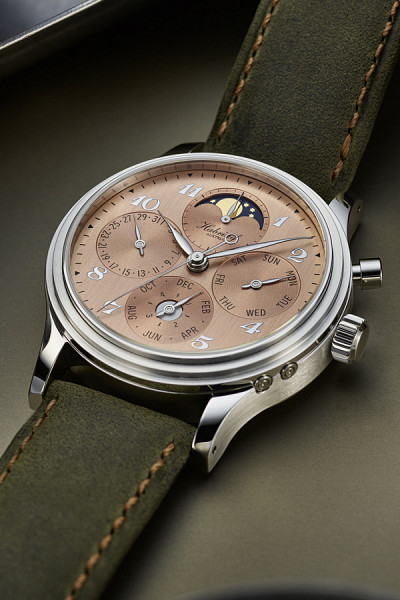Habrings's Atelier
Kaernten - the most southerly federal state in Austria - is generally known as the land of lakes. Framed by mountains and blessed by a mild southern climate, the people of Kaernten have lived mainly from farming and tourism for many generations. History has also seen the formation of metal-processing companies in Kaernten on the basis of relatively scarce mining opportunities.
Austria - clockmaking history
Although Austria has a good deal of history in the creation of clocks, the clockmaking hubs of the time were situated in the neighbour federal state of Styria with it's center Graz and the capital Vienna. To mention is in addition the northern part of Lower Austria - precise the little town of Karlstein at the river Thaya - which's need of skilfull specialists lead to the foundation of a watchmaking school in 1873. To this day, Viennese Regulators - precision pendulum clocks with artistically designed wooden cases - or Viennese bracket clocks bear witness to the erstwhile splendour of Austrian clockmaking craftsmanship, well known by clock-connoisseurs worldwide. Less known are pocket watches from Austrian production dated second half of the 19th century as the industry disappeared during this era.
Austrians - history making watchmakers
One of the well known Austrian watch- and clockmakers is the 1799 in Stainz (Styria) born Josef Thaddäus Winnerl. In 1816 he became member of the watch- and clockmakers guild in Graz, from 1829 on he worked in Paris with Abraham Louis Breguet before he founded his own business. Winnerl, known for his superior Ship-Chronometers is mentioned at several sources as inventor of the Double-Chronograph. He shared his expertise with young watchmakers - f.i. with Ferdinand Adolph Lange - who spent some years working with Winnerl in Paris before he went back to Dresden and founded the watch industry in Glashütte in 1845.
HABRING² intends to tie in with this history.


